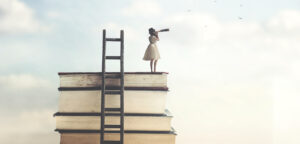
Linked Together: The Benefits of Integrative Teaching in the Liberal Arts
The goal of a liberal arts education at the college level is to imbue students with a broad education that allows them to think critically, communicate clearly, and problem-solve from various perspectives. As part of the foundation of their liberal arts education, students take courses








